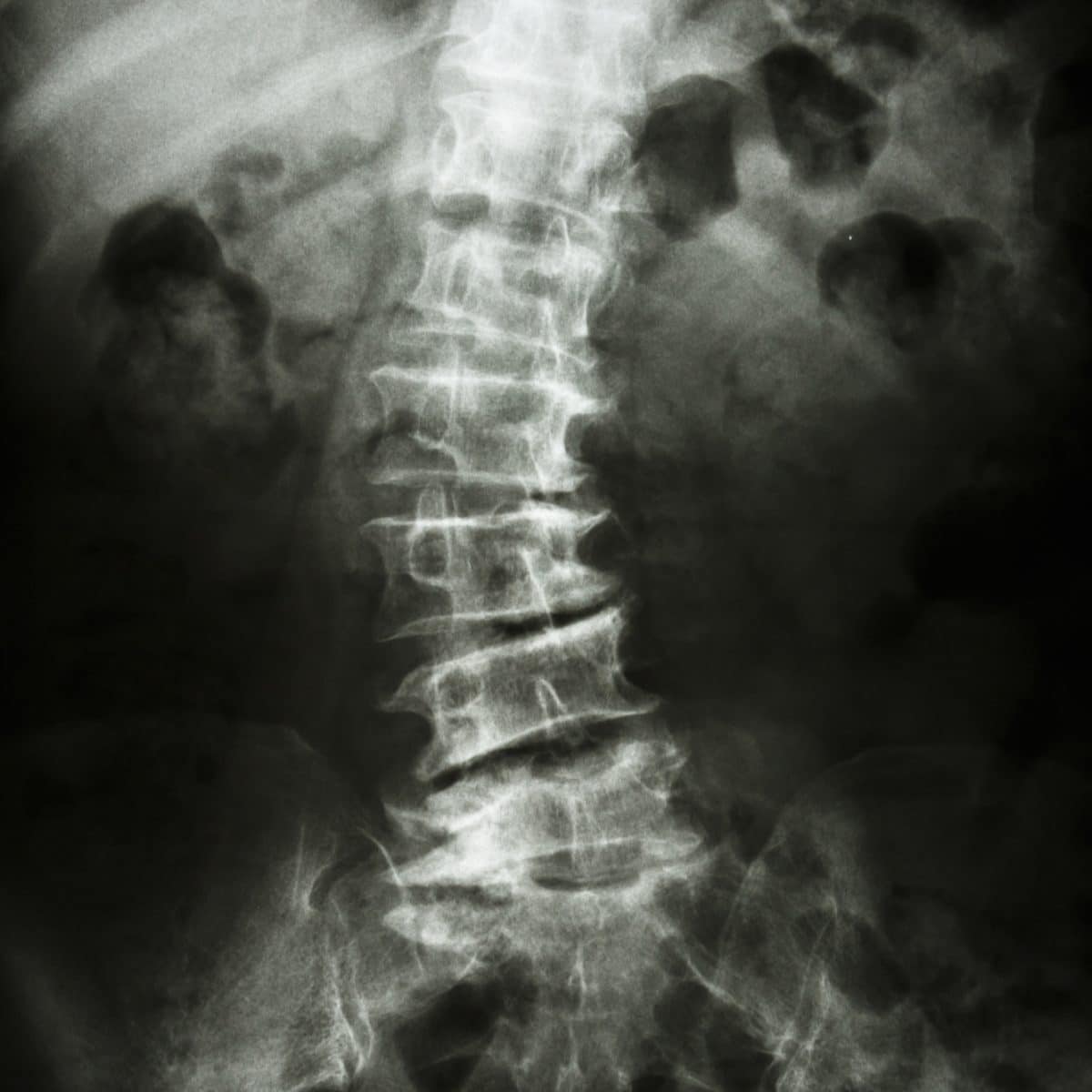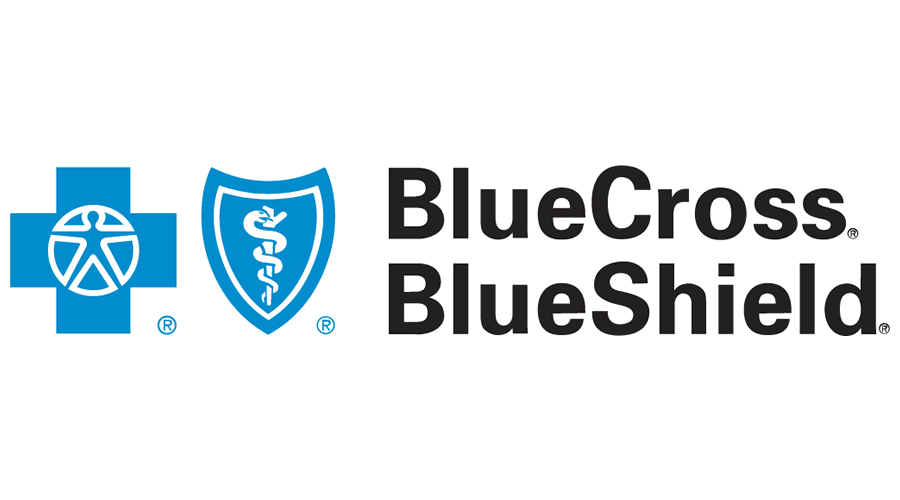Chiropractic care is a great tool to have in your scoliosis management plan.
In this article, we’ll look at the many ways a chiropractor can provide scoliosis treatment.
An estimated 7 million Americans suffer from an abnormal curvature of the spine, a condition known as scoliosis.
Symptoms can range from unnoticeable to severe, but even those with mild scoliosis can find the condition to be a painful detriment to their daily lives. But if you’re not a candidate for surgery, what options do you have?
Most people turn to a physical therapist, orthopedist, or primary care doctor for scoliosis treatment, but more and more are turning to chiropractic care.
Why? To answer that, let’s take a look at what happens inside the body of someone with scoliosis.
What Causes Scoliosis Pain?
In a normal spine, the vertebrae are stacked neatly on top of each other, with a disc of cartilage between each one. This cartilage provides cushioning and flexibility to your vertebrae as you move.
With scoliosis, however, the spine curves unnaturally. Rather than resembling a neat stack of blocks, each vertebra “tilts” to one side. Scoliosis can be caused by other conditions (such as muscular dystrophy), or can arise seemingly out of nowhere as you get older.

Even with a fairly mild curvature, scoliosis can cause substantial back pain.
As you can see from the x-ray image above, a lateral (i.e. sideways) curve of the spine compresses the spinal discs on one side, causing those vertebrae to rub against each other. Without the proper amount of cushion between them, the vertebrae may even develop painful bone spurs.
This misalignment can also strain your joints and pinch your nerves.
But scoliosis pain isn’t limited to your spinal column; your muscles and tendons are affected as well. Picture a metal spring connected to a network of rubber bands. By pulling the spring in one direction, the rubber bands on one side are stretched, while those on the other side contract.
This unnatural position leads to chronic back pain, muscle spasms, and trigger points that may even refer pain to other areas of the body.
If left untreated, spinal curvatures can get worse as the discs and vertebrae degenerate and gravity pulls the spine down further. In more severe cases, spinal deformity can even put pressure on the lungs or digestive system.
Once you understand why scoliosis is so painful, it’s easy to see how chiropractic care can help manage your symptoms.
Can A Chiropractor Straighten My Spine?
The only known method for straightening scoliosis is surgery, which is typically reserved for patients with curves that are 50° or more. All other scoliosis treatment methods—including chiropractic—are designed to prevent the curvature from getting worse and/or manage your symptoms to improve your quality of life.
Chiropractic care is holistic in nature, which means it looks at how the entire body functions as a whole. Its aim is to allow the body to heal itself by restoring proper alignment to the spine and other joints. A chiropractor for scoliosis can develop a non-invasive, drug-free scoliosis treatment plan that addresses multiple symptoms.

While chiropractors are unable to straighten your spine completely, studies have shown a marked improvement in spine curvature, pain, and disability rating among those with scoliosis.
Through a combination of spinal adjustments and flexion distraction to “stretch out” thinned areas in your discs, a chiropractor can improve flexibility and range of motion while alleviating much of the pain.
And when you can move more freely and easily, it becomes easier to perform the exercises recommended by your orthopedic doctor to strengthen the muscles supporting your spine.








